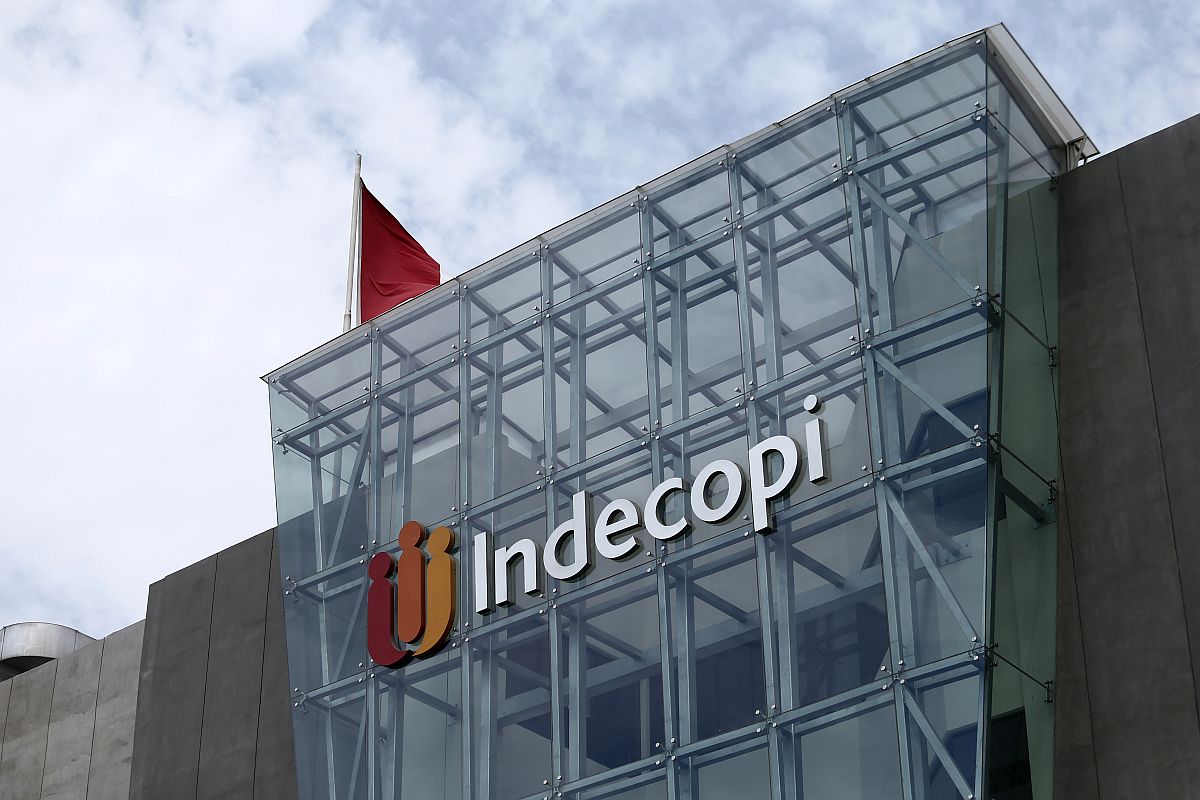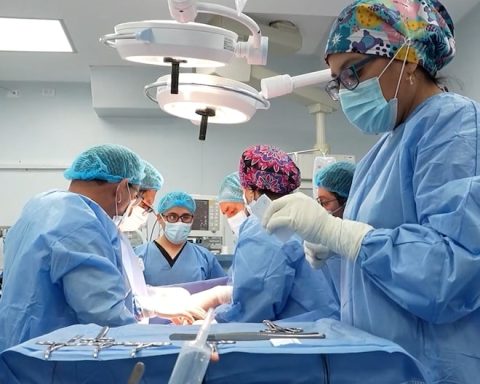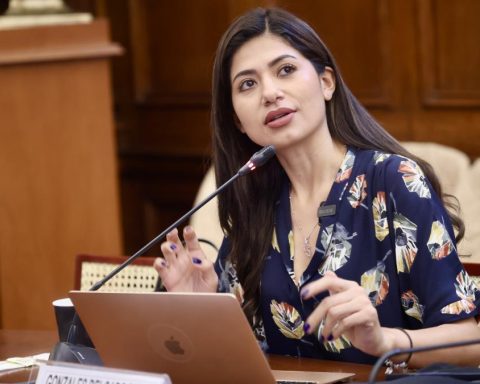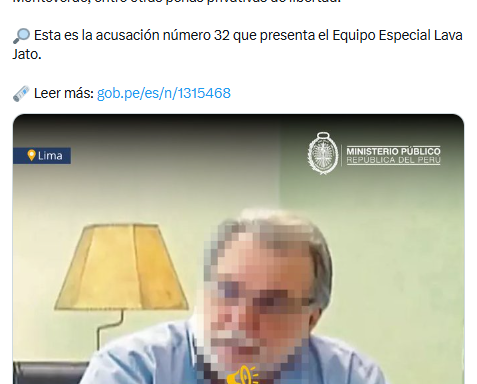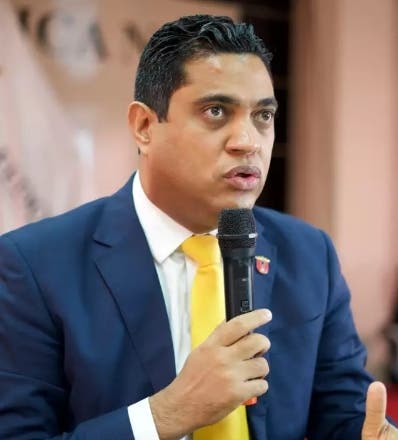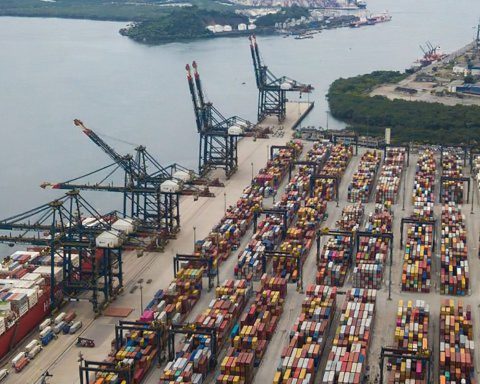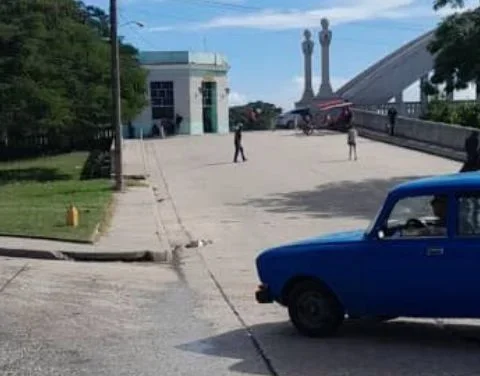By Sonia Alva, expert in bankruptcy processes and CEO of Alva Legal
“Every time in the past was better,” goes the saying. And this applies, perfectly, to the current National Institute for the Defense of Competition and Intellectual Property (Indecopi), created more than 30 years ago as the first regulatory body for free competition and intellectual property in the country.
Within the framework of free competition, for example, the first law on bankruptcy matters was enacted years ago: the business restructuring law. In addition to bringing, precisely, the novel figure of restructuring, it laid the foundations for an incipient bankruptcy system and marked a departure from the current bankruptcy law.
Subsequently, decentralized offices were created, which favored its institutional presence in various regions of the country and the issuance of various precedents of mandatory compliance, such as the case of the Compañía Industrial Oleaginosa (CINOLSA). In 1997, this case determined that there were cases of connection, outside the regulation of the standard, that warranted a more exhaustive evaluation in the processes of recognition of bankruptcy credits.
Despite having passed more than 25 years, instead of being strengthened, our bankruptcy system is weakened by the lack of speed in processing the procedures, the few personnel in charge and, in general, the lack of resources for the functioning of the administrative entity. . Added to this is that, if the composition of members of the bankruptcy court is politicized, who must be honest people specialized in the subject, the consequence will be weak analysis of the cases. The effects extend through the resolutions that will be issued and will establish precedents that, in some way, will cover those regulatory gaps where regulation is urgently needed. From its beginnings until not many years ago, the best professionals in the entity were recruited.
The most critical thing that Indecopi is facing today is that it has a project to modify the general law of the bankruptcy system on file that does not see the light of day. The last thing that was known was that it was in the Presidency of the Council of Ministers (PCM) waiting to be debated.
However, Congress did recently address a new regulation for soccer clubs, specifically the law that modifies and complements the regulation of the bankruptcy procedure to support soccer sports activity in Peru. Beyond seeking a solution to the general crisis of the system, this norm moves away from the purpose and guiding principles of the bankruptcy scheme. Where was the framework for negotiation between creditors and debtor at low transaction costs, as well as the principle of collectivity? It is important to remember, then, that, according to the legislation itself, “bankruptcy procedures seek the participation and benefit of all the creditors involved in the debtor’s crisis, and the collective interest of the mass of creditors superimposes the individual interest. collection of each creditor.
In this new regime, omnipotent powers are granted to one of the creditors, Sunat, to adopt on its own, for example, the agreements referring to the appointment of a temporary administrator and the approval of a “viability plan.”
Some additional observations here are that the temporary administrator is responsible for preparing the viability plan, which is especially relevant when determining the method of payment of the credits. But, paradoxically, these will be reconciled and/or defined by the same administrator. Another point is that the plan must be approved by Sunat within a period of 45 calendar days after receiving it. But is it enough time for it to be automatically approved after only a month and a half if there is no response?
It is far from the principles of the system that a third party, a temporary administrator appointed by Sunat, not only reconciles the credits under his discretion, but is also the one who establishes their payment conditions, potentially being exposed to privileging or displacing certain creditors. Regarding this, at least, it should be established that a percentage (at least 30%) of the amount to be distributed annually is allocated to the payment of labor credits. Under this new regime, the truth is that creditors become stone guests. What is established is that these negotiations occur between the two parties involved: the debtor and the group of his creditors.
